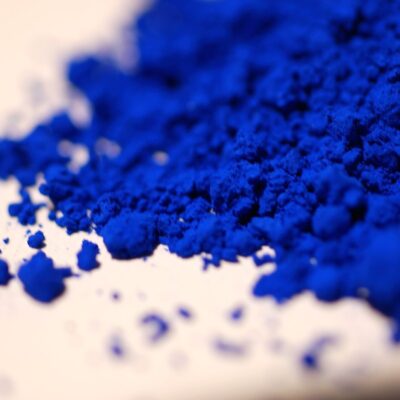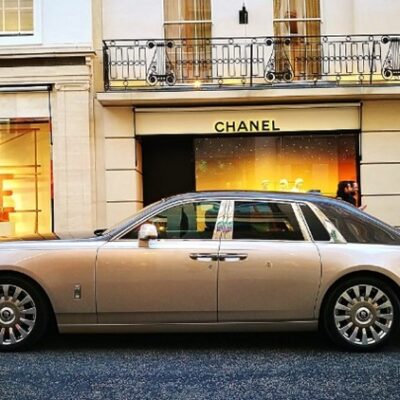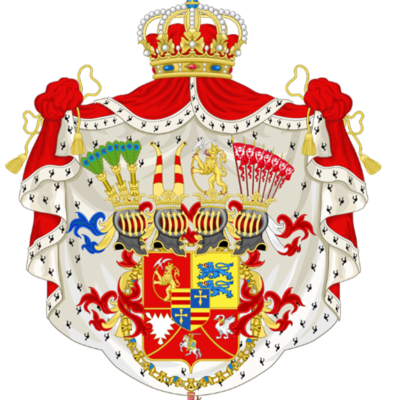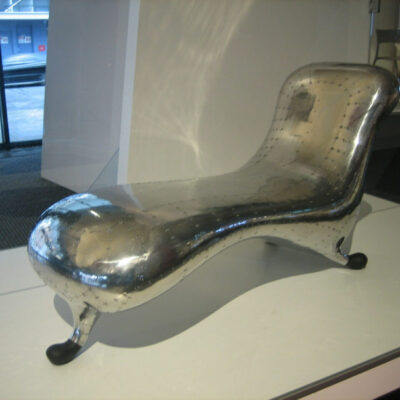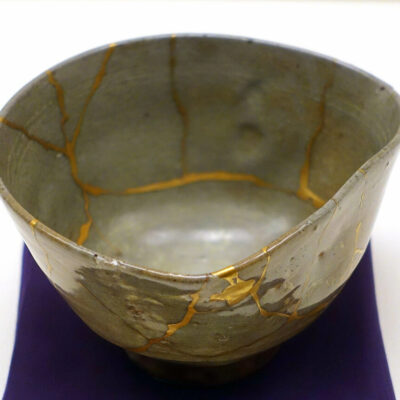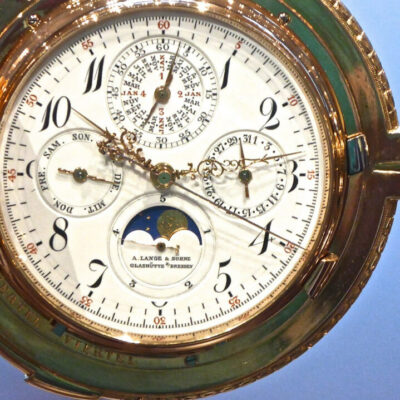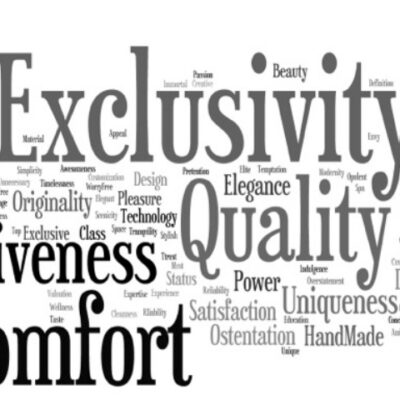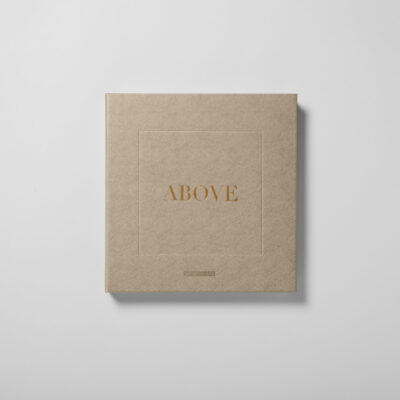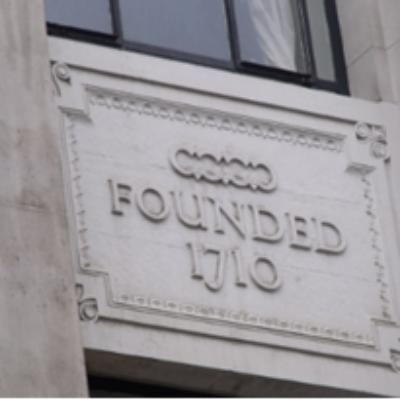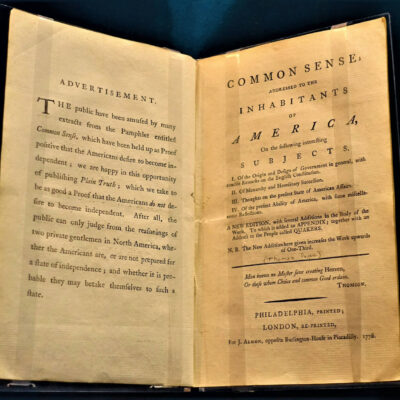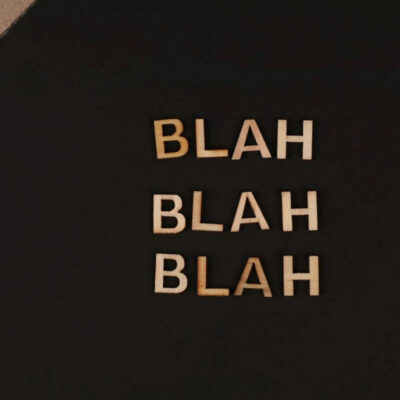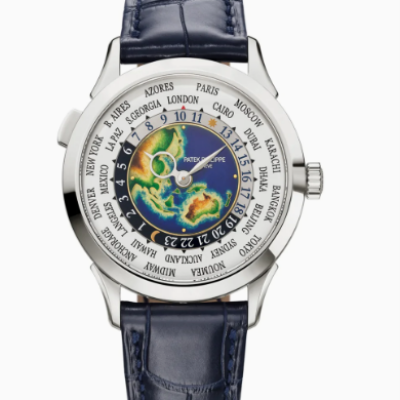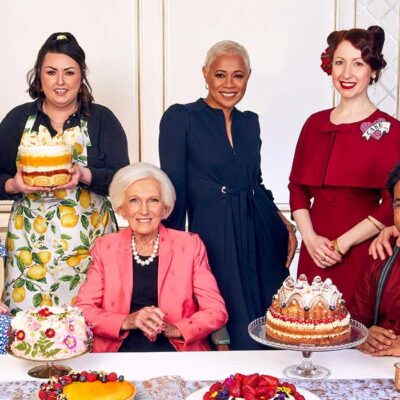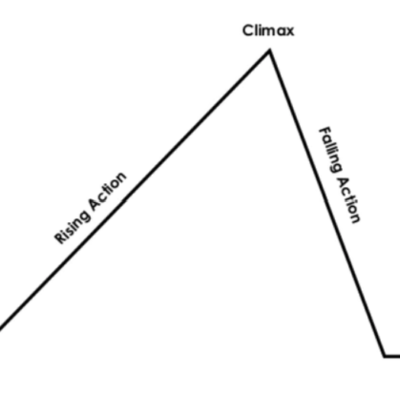Sounds dull but it isn’t. It is a hugely important part of the brand naming process.
We are not lawyers, we are creative naming consultants, and no matter how fun or creative the name generation process might be, names must be properly protected.
Luxury brand name creation takes creative skill
To distil a brand narrative, its elements and all the associated emotions and rationality into a single word or phrase is no small feat. As a luxury branding agency, we know that a brand name is a hugely important part of a brand strategy. It is a word that starts a relationship with a consumer. At its best, a natural, authentic extension of a brand, demonstrating values, positioning and emotional connection. The subject also has a long and fine relationship with the legal profession
A noble history

(Image credit: Abe Books)
The first piece of trademark legislation was allegedly passed in England in 1266 by King Henry III. It was a set of rules known as “the Assize of Bread and Ale”, which regulated the size, weight and the price of bread as well as the purity of flour to protect consumers. Bakers had to use a distinctive sign to mark their bread, in order for regulators to identify the origins of a loaf. And logo designers, and brand consultants didn’t even exist...
Another early example of trademark registration was in the Italian Renaissance. “Marks and the Medici: Branding and Trademarks in Renaissance Global Business” and the “Fourteenth-century register of the marks of metal smiths” are pioneering.

(Image credit: Cordis Europe)
Stella Artois can be traced to 1708 when Sebastian Artois bought a brewery and renamed it after himself. (Stella means “star” in Latin),
Twinings Tea was founded by Thomas Twining in 1706.
In 1891, Marcus Samuel began shipping kerosene from London to India, bringing back seashells for sale in Europe. Initially, the seashell business was so popular that it was most of the company’s profits. Samuel incorporated the name “Shell” in 1897.
And Levi Strauss & Co. Company goes back to 1837.
Founded by William Bass in 1777, Bass Ale became the first registered trademark ever issued by the British government.

Trademarking is important for many reasons:
- It prevents others from using your name, logo, slogan, or other identifiers. This helps you maintain control over your brand image and reputation.
- It reduces consumer confusion; trademarks help consumers easily identify the source of products and services, preventing them from being misled by imitators.
- It builds brand trust and loyalty: Customers are more likely to trust and be loyal to brands they recognize and associate with positive experiences.
- There are legal and financial benefits: it gives you the legal right to take action against infringement. If someone uses your trademark without permission, you can sue them for damages.
- It increases the value of your business: A strong trademark portfolio can be a valuable asset, making your business more attractive to investors and buyers.
- It can help you secure funding: Some lenders and investors may be more likely to provide financial support to businesses with registered trademarks.
- It helps establish a strong online presence. A trademark can help protect domain names and social media handles. And indeed an internet domain name itself can be trademarked
Without registration, one must rely upon common laws of passing off, for any kind of protection against infringement. These are more difficult, more expensive and time-consuming, and offer much less protection for a brand owner.
Here are some of the first questions we get asked, particularly by entrepreneurs, smaller luxury brands starting up or for companies wanting to introduce new brands into their portfolio:
What can you trademark?
Any sign which can be represented graphically is potentially registerable as a trademark. These include:
- Words
- Slogans
- Designs
- Letters
- Numerals
- Internet domain names
- The shape of goods or their packaging
- Smells (for example, Sumitomo Rubber Industries’ registration of a floral fragrance reminiscent of roses as applied to tyres).
- Sounds (for example, the Intel four-note musical jingle).
- Colours (for example, Heinz’s registration of the colour turquoise for use on tins of baked beans).
- Gestures (for example, Asda has registered a double-tap on a jeans or skirt back pocket as a trademark).
- Moving digital images (for example, the Intel “leap ahead” animated logo)
It’s worth noting also that words and symbols have to be applied for separately as distinct applications, and if a company applies for a combined word and symbol mark, they always have to be used together.
What classes you consider applying for?
There are around 45 classes – each with many sub sections. and it order to put forward an application a company has to demonstrate real intention to trade in that class. Simply put, a trademark is a Mark of Trade – an intention to trade goods or services in that class.
How long does it take for a UK registration?
The full registration is undertaken through the UK's Intellectual Property Office (The IPO). Once desk research has been completed by us and often a lawyer, and assuming there are no objections raised in the official process, it usually takes around 4 – 5 months.
How does it differ in Europe and globally
A similar process – undertaken through the EU IPO - means that a community trademark can be applied for; this covers all companies in the EU. It follows similar rules and guidance to that of the UK IPO.
Going worldwide is much more complex – with individual applications being made for each country a company wants to trade in.
When can a brand use ™ and when can it use ®?
Trademarks do not need to be registered at all, but, if they are, then the owner can benefit from a number of protections – as noted above.
If a trademark is not registered, but it is still considered a trademark unique to the owner, then this can be signified by using the ™ mark. Also, if a company is going through the trademarking process the ™ symbol can be used.
The ® means a trademark (the word, phrase, logo, or an adjacent symbol) has been registered in the UK with the IPO - specifically for the product or service it represents.
It can also only be used next to a trademark in the country it is registered in.
So if a mark is register in the UK and a business uses it, say in the EU, it would not be able to use the ® symbol until it had registered your trade mark in that region.
What’s the difference between ™ and ℠?
Trade mark refers to goods and services, and Service mark - more often used in the USA - refers only to services. It is used on the advertising of the service rather than on the packaging or delivery of the service, since there is generally no 'package' to place the mark on, which is the practice for trademarks. It is also not registered, just like the ™
And finally – what does a © symbol mean?
A trademark is, as noted earlier – a mark of trade. Copyright refers to the right to copy and shows the world that the author of the work is claiming a right to that piece of work. Copyright mainly relates to artistic works.
Copyright in essence protects the creator against copy reproduction, reuse, performance, play etc by others.
Copyright arises automatically when a piece of work is created such as a drawing, story, picture or song and does not have to be filed in order to be used.
What should I do next?
See a trademark lawyer or intellectual property specialist to ensure you are properly protecting your brand. We can recommend some – including our friends at SGM Law with whom we work closely - if you are working with us on a project.
See us – a strategic brand naming agency - London based, who develop unique business names for luxury brands. Our brand naming portfolio is here. A previous blog on luxury brand name generation is here
We'd be delighted to meet for a coffee, either face-to-face or virtually, to discuss any new projects you might be considering.
Please get in touch here
Please note that the above is for general guidance only. It does not constitute formal legal advice and should not be construed as such.

